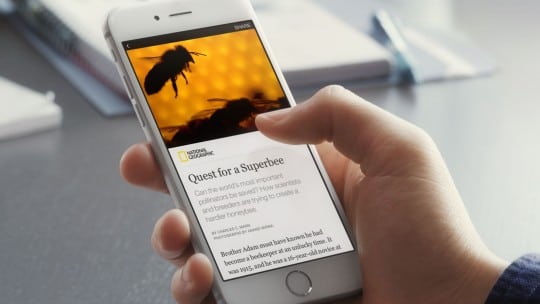
Continuing its efforts to keep users on its platform for as long as possible, Facebook opened up the Instant Articles feature to all publishers on April 12. The mobile-centric program offers publishers the ability to post content that lives on Facebook, with promises of quick load times and advertising options from the company.
Some in the media industry are howling that this development is an erosion of the once-powerful content producer’s control over its product by upstart digital distributors. In the era of newspapers, many companies held near-monopolies over the production and proliferation of their products. Because of the lack of analytic options in this system, content decisions were made on the basis of what an audience needed, whereas now producers have to keep up with what the market wants.
Even though the old guard—and many newer companies like Mashable—are feeling the squeeze that comes with shifting business models, this development by Facebook and other social sites offers significant opportunities to communicators and publishers alike.
Not only can publishers post content using Facebook’s Instant Articles, but companies have the ability to post sponsored content as well. Along with updates announced earlier this month to Facebook’s branded content policy, which made it easier for brands to be tagged in sponsored posts, communicators can now use Facebook as kind of a social, branded newsroom.
In an era where organic reach is all but nonexistent, Facebook’s new hub of native media will offer brands an easy way to connect directly with the platform's vast audience.
Instant Articles will be most important for smaller brands and companies that may not have mobile-friendly sites. It will offer an easy way to access the increasingly important mobile audience, as many users shift their reading and engagement habits away from desktop computers and laptops.
For communicators worried that Instant Articles may not include the rich multimedia experience that’s so essential to modern digital communications, the program will support audio, images, slideshows, video and maps that run alongside text.
Follow Mark: @MarkRenfree
